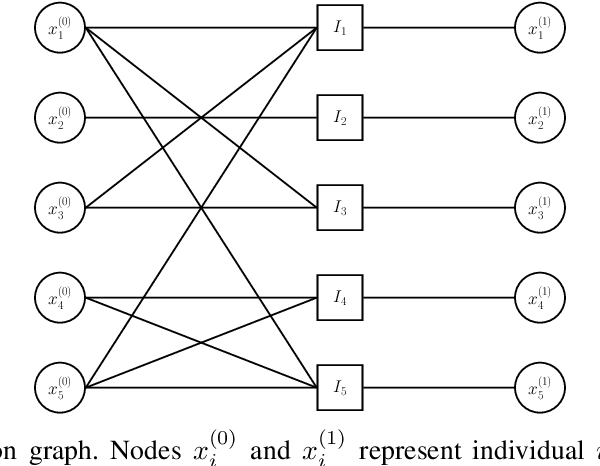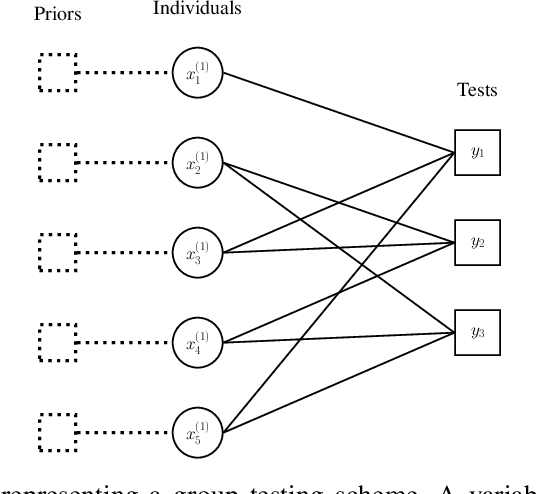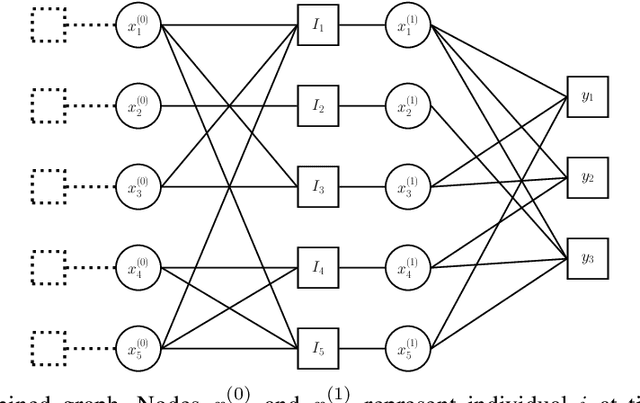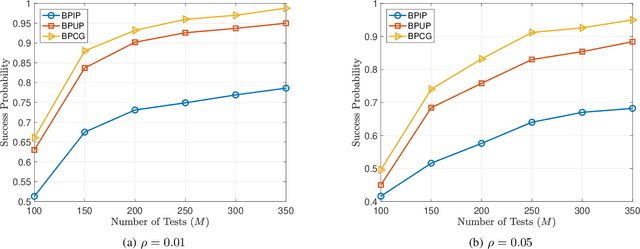Esmaeil Karimi
Noisy Group Testing with Side Information
Feb 24, 2022



Abstract:Group testing has recently attracted significant attention from the research community due to its applications in diagnostic virology. An instance of the group testing problem includes a ground set of individuals which includes a small subset of infected individuals. The group testing procedure consists of a number of tests, such that each test indicates whether or not a given subset of individuals includes one or more infected individuals. The goal of the group testing procedure is to identify the subset of infected individuals with the minimum number of tests. Motivated by practical scenarios, such as testing for viral diseases, this paper focuses on the following group testing settings: (i) the group testing procedure is noisy, i.e., the outcome of the group testing procedure can be flipped with a certain probability; (ii) there is a certain amount of side information on the distribution of the infected individuals available to the group testing algorithm. The paper makes the following contributions. First, we propose a probabilistic model, referred to as an interaction model, that captures the side information about the probability distribution of the infected individuals. Next, we present a decoding scheme, based on the belief propagation, that leverages the interaction model to improve the decoding accuracy. Our results indicate that the proposed algorithm achieves higher success probability and lower false-negative and false-positive rates when compared to the traditional belief propagation especially in the high noise regime.
 Add to Chrome
Add to Chrome Add to Firefox
Add to Firefox Add to Edge
Add to Edge